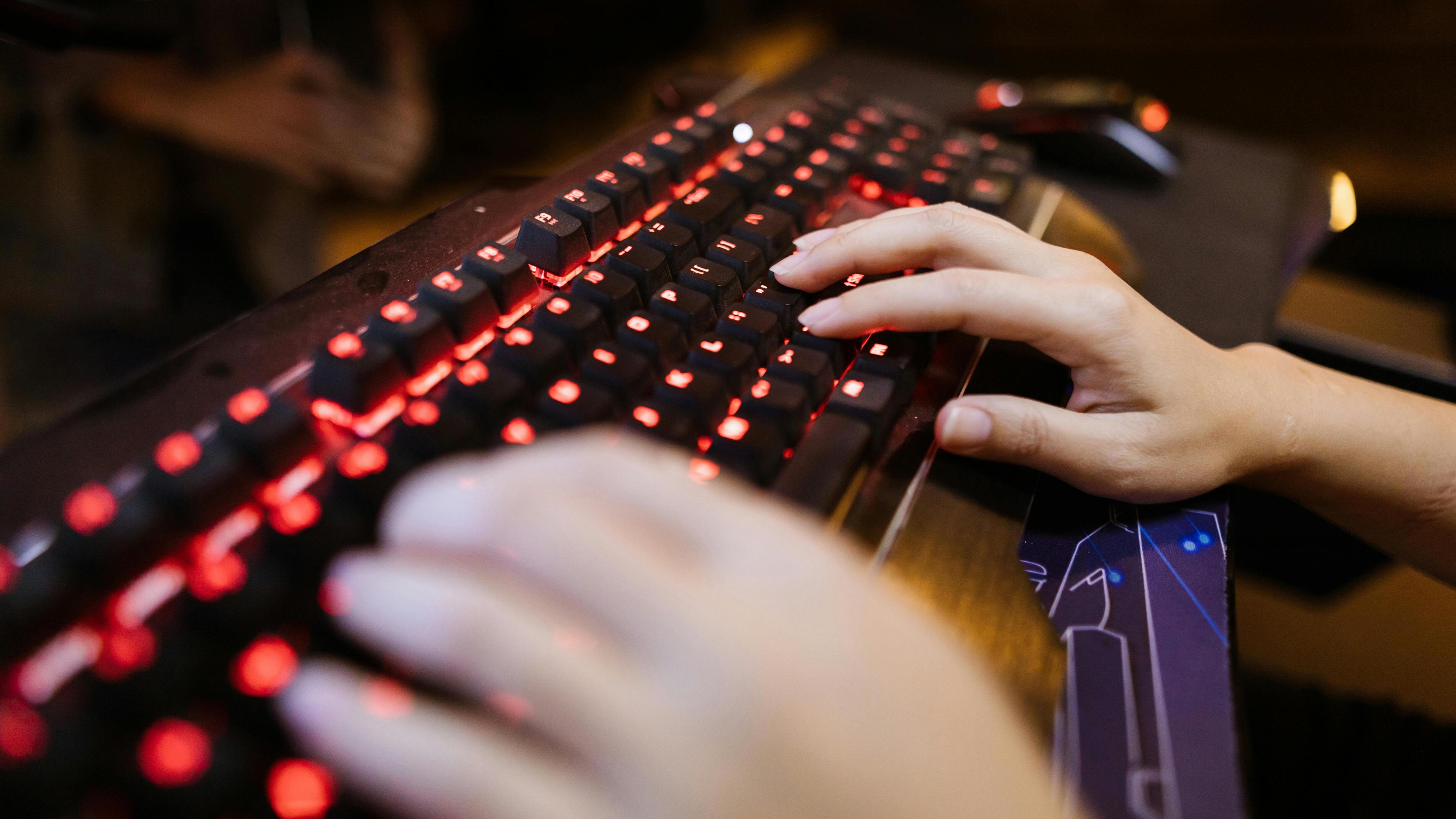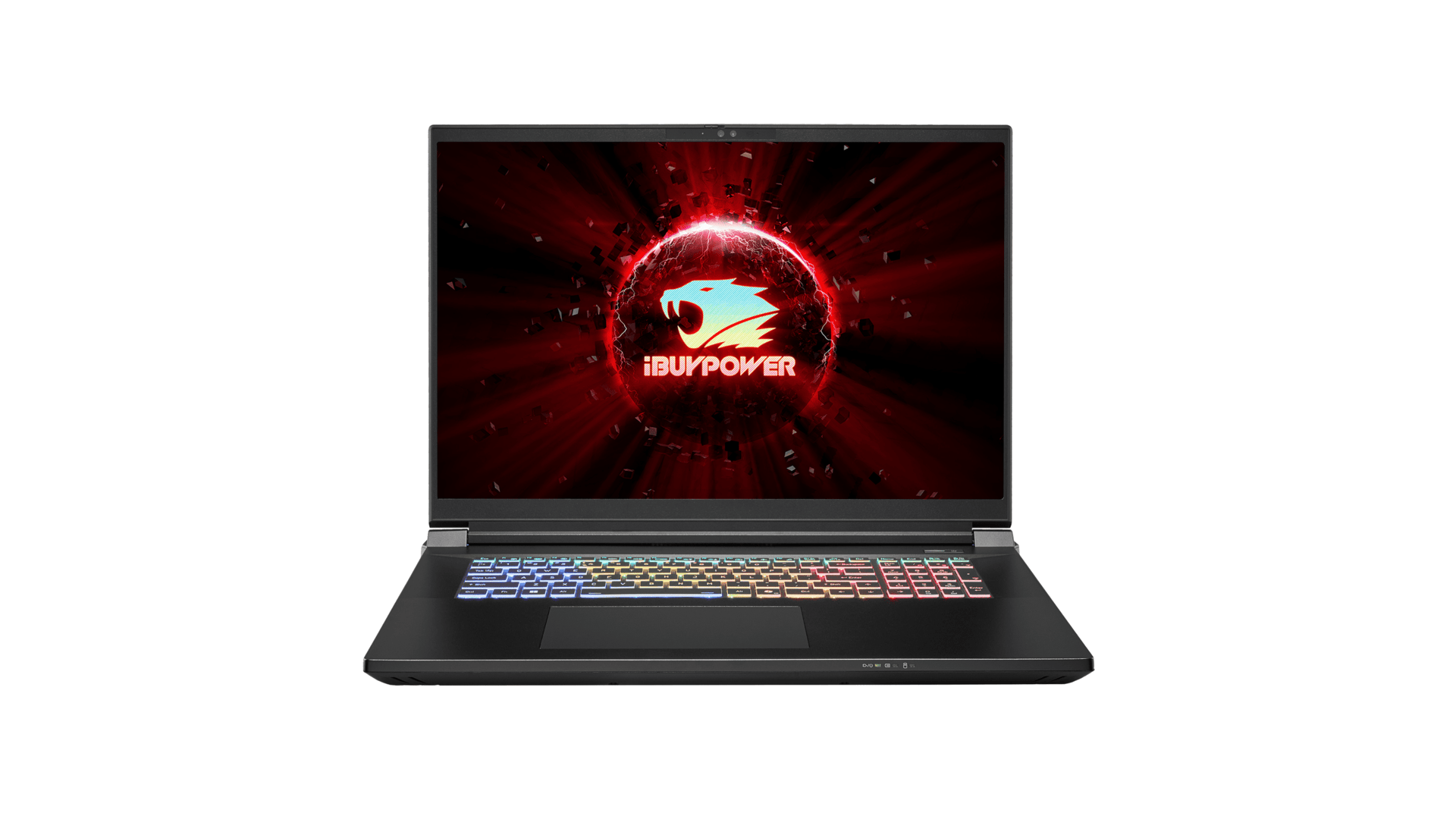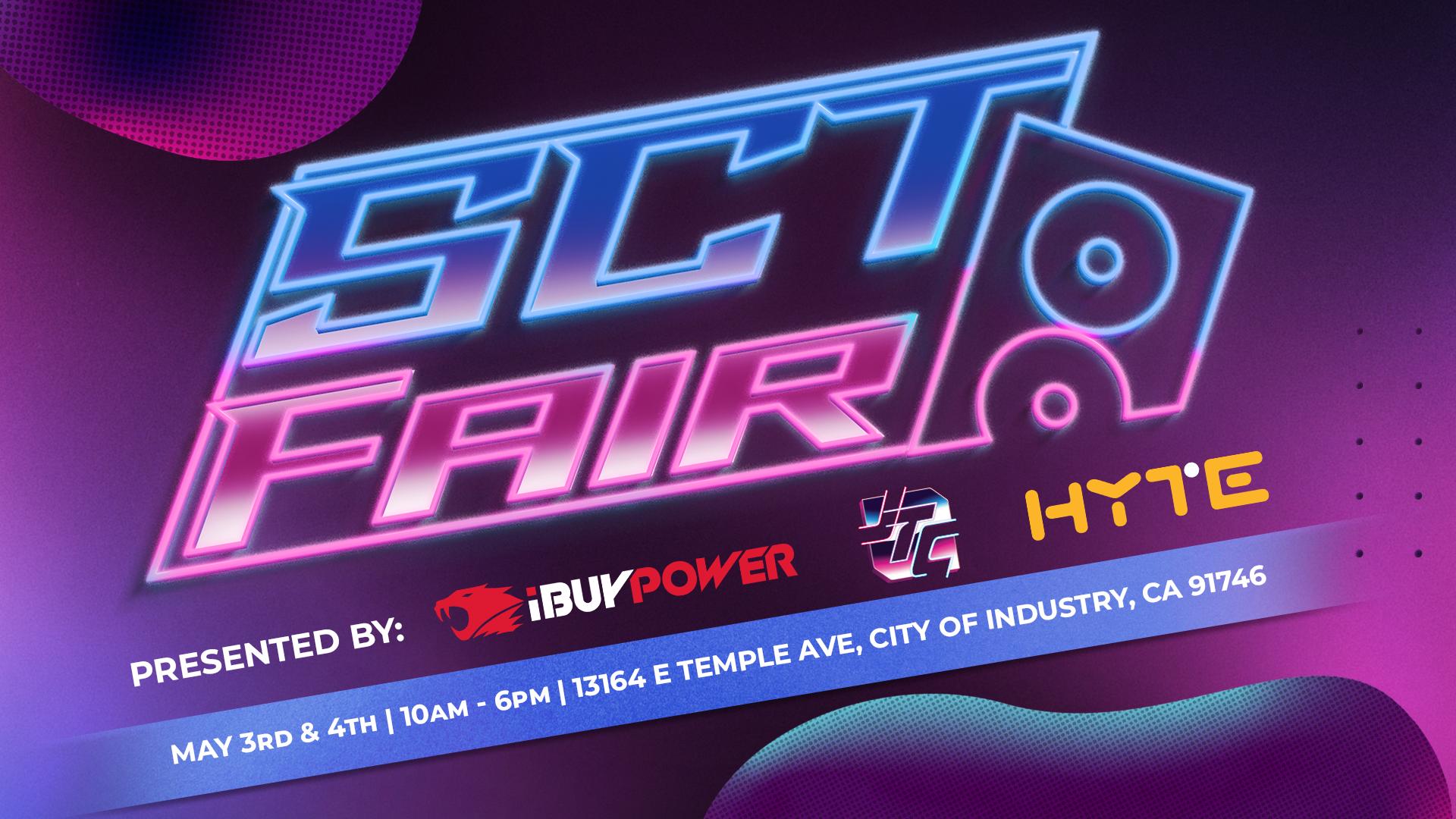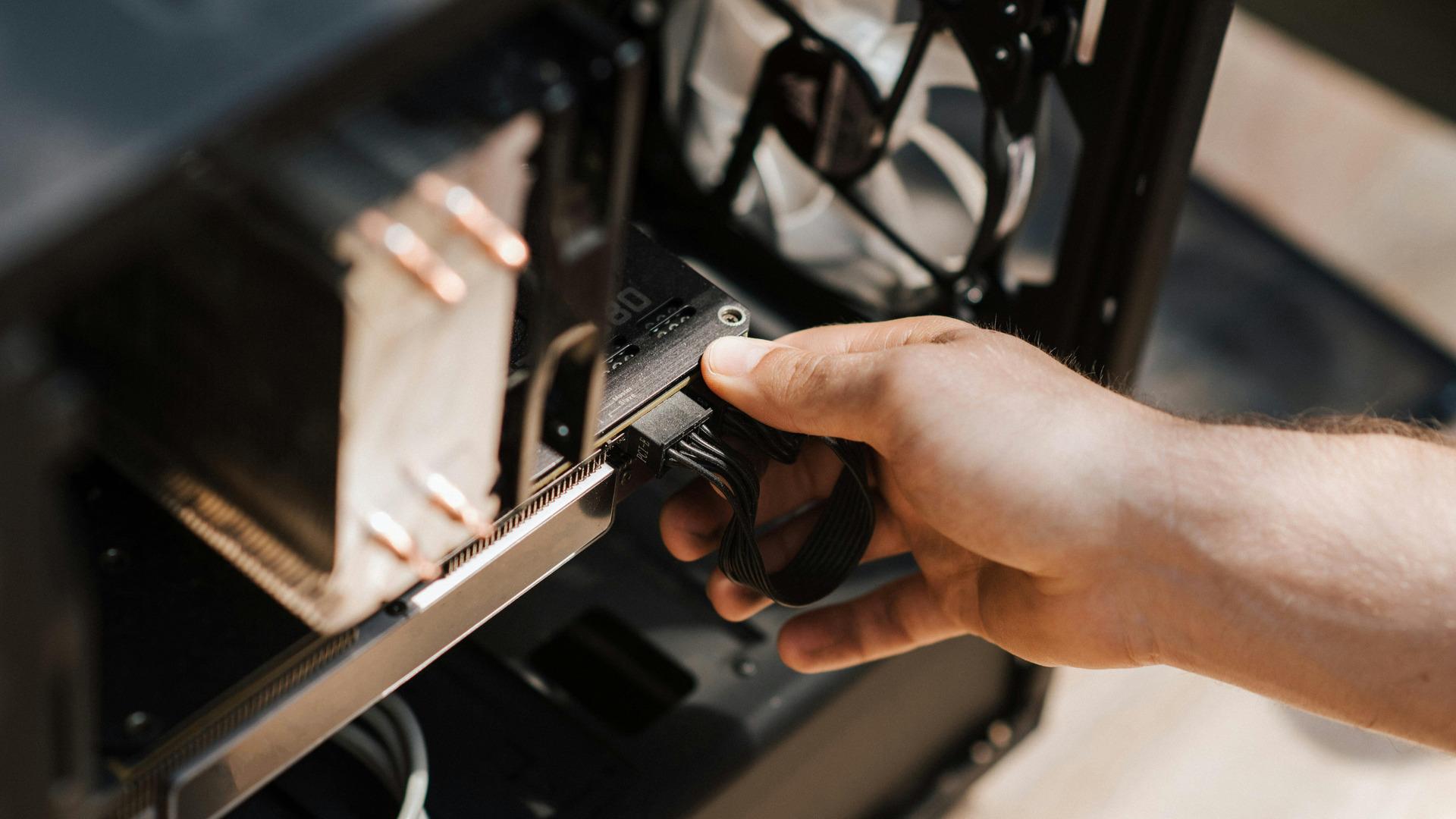Alright, let’s break it down. There’s quite a difference between a game being CPU or GPU-intensive. This means that the game may lean a little more on the CPU or the GPU depending on the application and combination of hardware. Intel’s latest 13th Generation processors (Raptor Lake) are true workhorses, utilizing both performance and efficiency cores sandwiched together in a hybrid architecture.
Intel Core processors are usually known for their blazing fast single-core speeds and excellent IPC (instructions per clock cycle, a number that represents how many cycles a CPU can complete in a second), making them an excellent choice for gaming.
Typically, genres like real-time strategy games or open-world games tend to rely a bit more on the CPU in order to calculate the numerous things on screen before sending that data to the GPU. A better way to think about this is that anything that generates an image on the screen relies on the CPU and GPU, so particle effects, fire, rain – but making those particular images look nicer depends more on the GPU to process that image. So resolution, anti-aliasing, texture quality, lighting, and shadows are more dependent on the GPU.
How does a faster CPU help with gaming?
The more CPU-intensive task is frame generation, which is why you often hear of a ‘CPU bottleneck’ depending on the pairing, like the GPU being generations ahead of an older CPU can limit the way the system generates frames to the system (especially on ‘lower’ resolutions like 1080p since the GPU does not have to work as hard to generate a sharper image).
It also depends on whether your GPU supports some sort of upscaling technology, but for the sake of this article, we’ll be referring to the games’ performance running under native resolution.
Most modern games utilize more than a single core and also take advantage of modern technology like multi-thread usage, so a lot of this article may cover older games or games that are heavily reliant on single-core speeds and IPC.
In some cases, the push for ‘realism’ in video games results in the CPU doing loads of calculations simultaneously. This is mostly true in open-world games, where NPCs have predetermined patterns and sometimes a list of possible interactions based on what the player is doing. Because open-world games are essentially simulating NPC behavior, sometimes it can take a lot of CPU work depending on the complexity of NPC behavior.
If you pay enough attention or follow an NPC, they’ll likely just kind of wander around in circles, occasionally interacting with other NPCs or the environment.
It’s not just open-world games though, games that rely on the CPU to make calculations before sending that data to the GPU to render are CPU intensive. So ‘Simulation’ games like Planet Coaster will start to strain the CPU the larger the user’s playable area gets. The CPU has to make calculations for the hundreds of guests in the park, the rides, and general gameplay.
In other cases, real-time strategy games take a lot of processing power depending on how many in-game units are available. Graphically, most RTS games are presented in an isometric view with relatively simpler 3D models because of the perspective.
Planet Coaster
Though Planet Coaster is an older game (2016), it’s one of many ‘Rollercoaster Tycoon’-likes that take the original concept and modernizes the park simulator formula. With more complex systems, and a huge creative suite for customization, Planet Coaster remains one of the better management sim games in recent memory.
An honorable mention here would be Parkitect (2018). Parkitect’s presentation is a little less complex than Planet Coaster, so Parkitect may be a better choice for players lacking a dedicated GPU.
Recommended Intel Gaming PC: Gaming RDY SLHBG227
A nice medium ground between the Core i5 and i9 variants, the 13700KF should be more than enough for Planet Coaster depending. Remember – the larger the theme park gets, the heavier (in computing) it gets.
Cities: Skylines
The second management sim game on the list, Cities: Skylines (2015) takes concepts and game design choices from the original SimCity formula and modernizes it. The key features mention simulations, including traffic (yay!), day & night cycles, and how the ‘citizens react fluidly’ to their surroundings.
If you’re also willing to wait another month, the sequel Cities: Skylines II comes out on October 24. But be warned that it’s likely going to be more demanding on your hardware as the prequel was 8 years ago.
Recommended Intel PC: Gaming RDY Y40BG202
Similar to Planet Coaster, Cities: Skylines gets more demanding as the city swells in size. The 13700K helps by allowing more headroom, though there are reports that Cities: Skylines only uses 4 cores, so an i5-13600K is also a good budget option for those wanting to build their own city. However, with the sequel soon approaching, aspiring mayors may benefit from the extra cores and threads from a processor like the i7-13700KF.
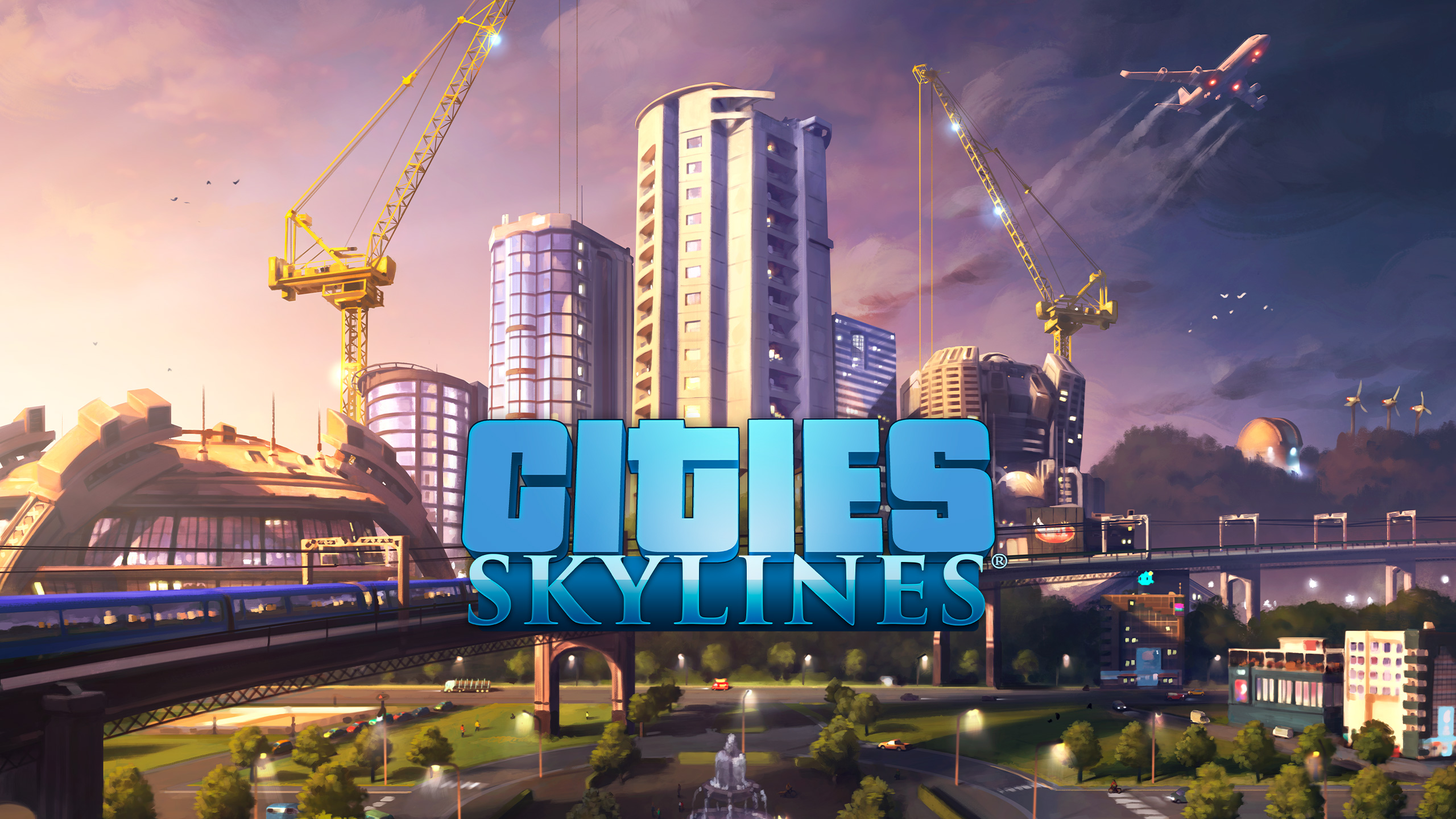
Via Epic Games
Sid Meier’s Civilization VI
One of two strategy games on the list, Sid Meier’s Civilization VI (2016) is the sixth installment in the long-running Civilization series. By design, Civilization is a turn-based RTS with up to 20 civilizations competing at once. Because the AI has to calculate every single turn, and with all the resources to account for, Civilization 6 can be very demanding on your CPU.
Recommended Intel PC: Gaming RDY S6BG101
Touted as the best budget option in the Raptor Lake generation of Intel processors, ends up being the best option for Civilization 6 fans.
Total War: Warhammer
The second RTS game on the list, the Total War: Warhammer series is a little different from the turn-based fare of Civilization 6. The Total War series is a true real-time strategy game, closer to something like Command & Conquer or StarCraft.
Because of the sheer amount of units that could occupy the screen, the CPU has to calculate the unit pathfinding, AI and hit detection all at the same time. It’s especially apparent when a colossal battle happens.
Recommended Intel PC: Gaming RDY SLHBG227
This largely depends on the user, but the 13600KF has proven to be an excellent budget option, and with it being a ‘K’ variant means that it’s unlocked, allowing for the user to overclock and tune their CPU to their needs – making it a flexible option. For future proofing, we would recommend a 13700KF, which offers the same benefits but with 2 more cores and 4 more threads. We recommended the series as a whole, and the third iteration of the game might be a bit more demanding than the first two games.

Via Steam Page
Microsoft Flight Simulator
Quite possibly the most demanding game in general, Microsoft Flight Simulator is the application to really test and push your build. Being that it’s a simulator game, the CPU is tasked to calculate the physics and the real-time world generation. Because of the complex systems put in place, Microsoft Flight Simulator is the kind of game that could bring any beefy build to its knees. More than just a flight simulator, this game has become a benchmarking tool of sorts in the same vein as the ‘can it run Crysis’ meme.
Recommended Intel Gaming PC: Gaming RDY LCMBG222
The i7-13700KF has enough headroom to allow it to run Microsoft Flight Simulator with relative ease, and it should allow the game to run at high settings with a decent framerate if paired with the right GPU.








